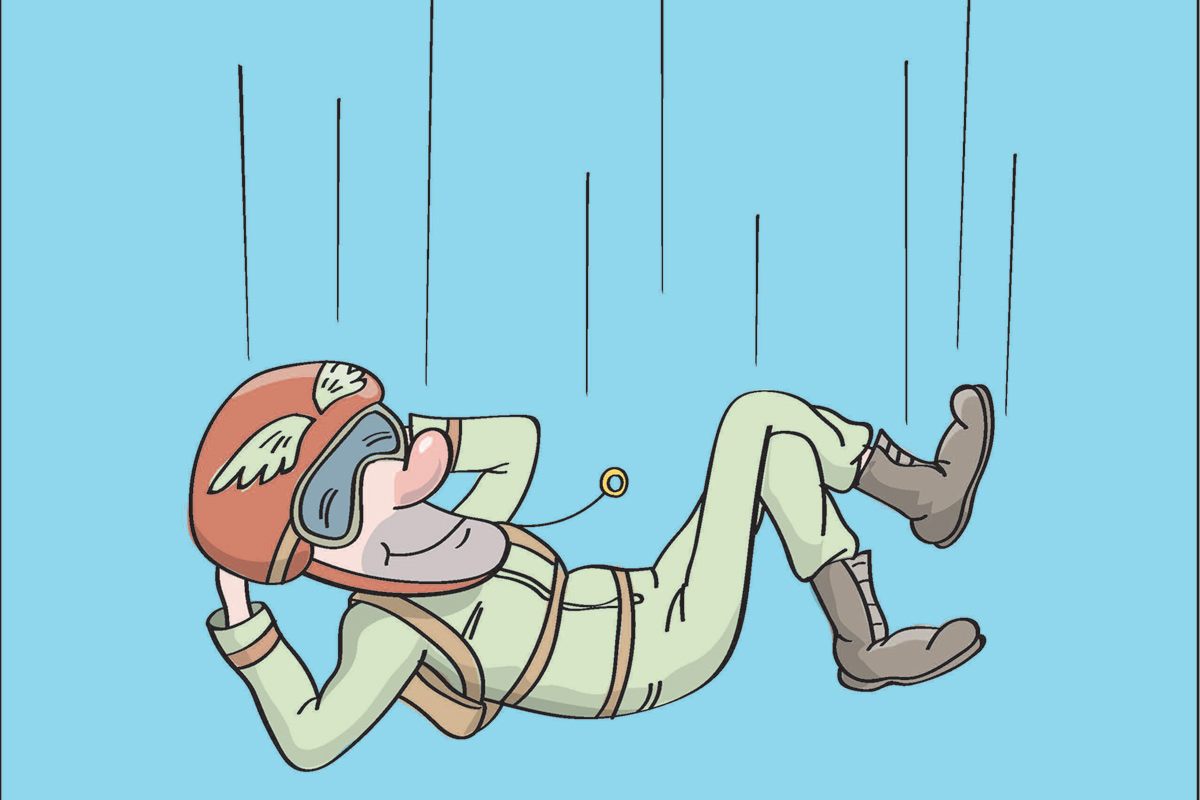Seeking Sensation
with Oxford College Professor Kenneth Carter

Sensation seekers crave new and complex experiences, even when they’re dangerous—but they can also teach us a few lessons about positive emotions.
They cliff -dive, run with the bulls, drive ambulances, chase tornadoes. They are thrill-seekers and adrenaline junkies, people looking for a buzz.
What sets high sensation-seeking personalities apart? It’s that they crave these exotic and intense experiences, despite physical or social risk. These individuals may experience less stress and may be more resilient, fearless, and calm in the face of danger. It’s this personality that fuels first responders, Olympic athletes, and adventure travelers. There might be something to learn from the thrill-seeking personality.
Three Signs You're a Sensation Seeker
- Experience seeking. Even if you’re not an extreme thrill and adventure seeker, there may be a component of sensation seeking that applies to you. So, while you may not like to skydive, you may still exhibit a sensation-seeking trait associated with people who enjoy new, complex, and intense sensations and experiences.
- Disinhibition. Disinhibition involves our ability to be spontaneous.It includes searching for opportunities to lose inhibitions. People with strong disinhibition tendencies act without consideration of potential consequences, while people with low disinhibition tendencies control their behavior more carefully and think through more of the consequences, looking before they leap. People high in disinhibition just jump.
- Boredom susceptibility. This boils down to one’s ability to tolerate the absence of external stimuli. Those with high scores in boredom susceptibility dislike repetition—the same food too many times in a row or routine tasks at work. They tire easily of predictable people and get restless when things are the same. They prefer variety and experience extreme restlessness when escape from tedium is impossible.
Three Tips from Adrenaline Junkies
- Go with the flow. Sensation seekers are often trying to achieve a “fl ow state.” In this state, a person is hyper focused and connected to what they are doing. Their emotions are channeled, and the person feels joy in the moment. It turns out that being in that fl ow state is pretty good for us. There are plenty of average and even low-sensation-seeking experiences that will help you to be enveloped in a state of flow.
- Feel the awe. The daily activities sensation seekers engage in provide a sense of awe, that goosebump-laden feeling that we all know. I have started to think of them as awe seekers. Whether it’s racing around town at a hundred miles an hour, running obstacle courses, BASE jumping, or even eating a new food, that experience of awe is part of the reward.
- It’s okay to not like something. Learning about sensation seekers may inspire you to expand your experiences a little more. Psychologist Mihaly Csikszentmihalyi suggests, “The best moments in our lives are not the passive, receptive relaxing times . . . the best moments usually occur if a person’s body or mind is stretched to its limits in a voluntary effort to accomplish something difficult and worthwhile.”
A longer version of this article originally appeared in Greater Good magazine in April 2018.
Email the Editor


